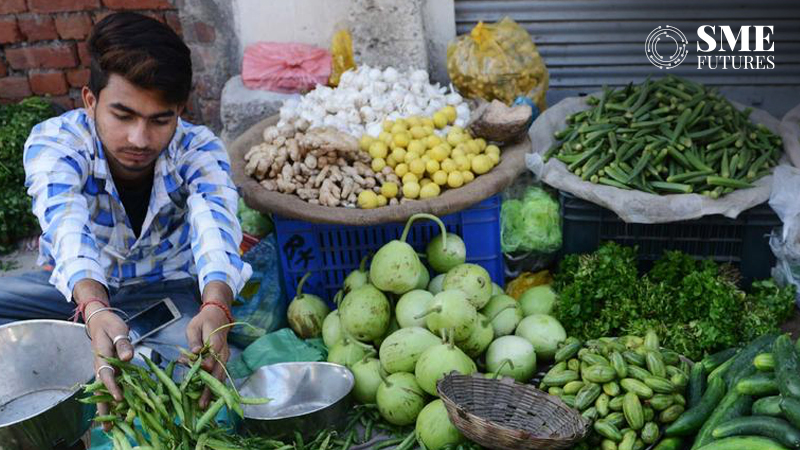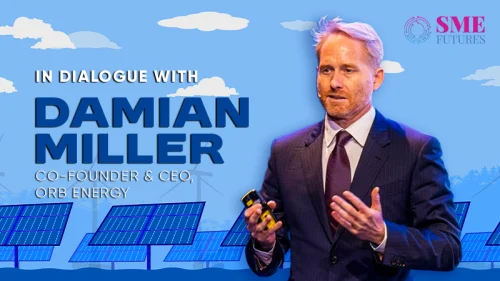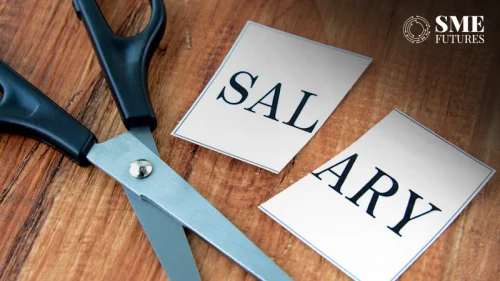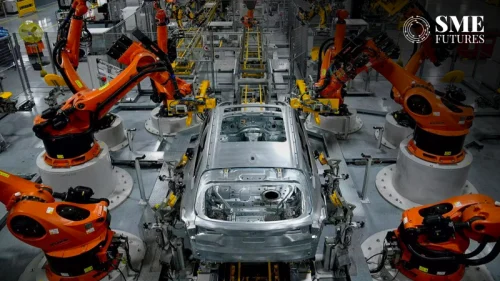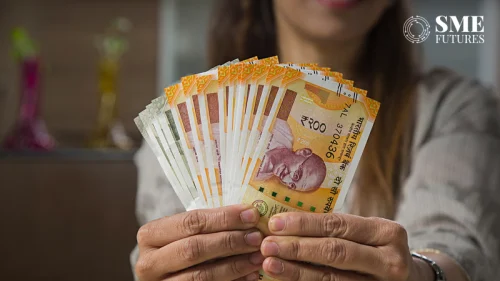Retail inflation in India experienced a significant decline in July, dropping to 3.54%, its lowest level in nearly five years. This marks the first time inflation has dipped below the Reserve Bank of India’s (RBI) targeted 4% since September 2019. The sharp reduction in inflation, particularly in food prices, has raised questions about whether this is a cause for celebration or if caution is still warranted.
According to data released by the National Statistical Office (NSO), the Consumer Price Index (CPI) based retail inflation was 5.08% in June 2024 and a notable 7.44% in July 2023. The decline was driven largely by a reduction in food inflation, which fell from 9.36% in June to 5.42% in July. This cooling of food prices, especially in the vegetable sector, played a key role in bringing down the overall inflation rate.
However, experts advise against premature celebrations. Suman Chowdhury, Executive Director and Chief Economist at Acuité Ratings & Research, cautioned that the significant drop in inflation may be more attributable to a strong base effect rather than a sustainable trend. He noted that while the headline CPI inflation has suddenly dropped to 3.5% year-on-year, it is important to consider that sequential inflation remains significant, with overall food inflation and vegetable inflation still showing increases of 2.8% and 14.1%, respectively.
Chowdhury also highlighted a rise in core inflation, which increased to 3.4% in July from 3.1% in June, driven by higher telecom tariffs and gold prices. This suggests that core inflation, which excludes volatile food and energy prices, may have bottomed out and could trend higher in the coming months as economic activity strengthens.
Looking ahead, the strong base factor is expected to keep average CPI inflation below 4.0% in the second quarter of FY25. However, this is unlikely to sustain, with the RBI forecasting an increase in CPI inflation to 4.7% in the third quarter before moderating to 4.4% in the fourth quarter. The persistence of high food inflation over the past three years—exceeding 6.0% for 20 months and 8.0% for 12 months—warrants caution, particularly as the country moves forward.
Chowdhury also noted that the slightly hawkish tone in the latest RBI policy statement reduces the likelihood of a rate cut in the third quarter, despite the increased chances of rate cuts by the US Federal Reserve in the coming months. Nevertheless, he suggested that a shallow rate cut of 25-50 basis points by March 2025 remains a possibility, provided there are no fresh inflationary surprises.
While the sudden drop in inflation is a positive development, experts urge a balanced perspective, emphasising that ongoing vigilance is necessary to navigate the complexities of the inflationary landscape.

